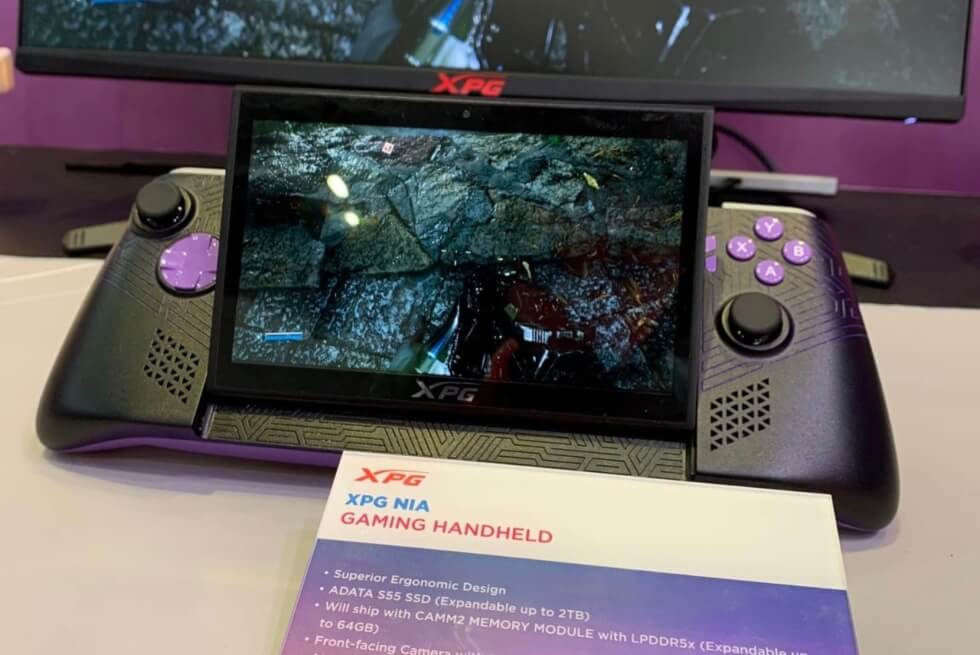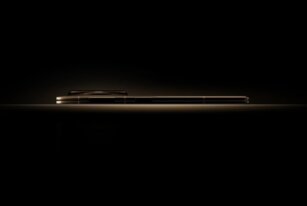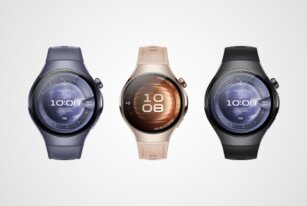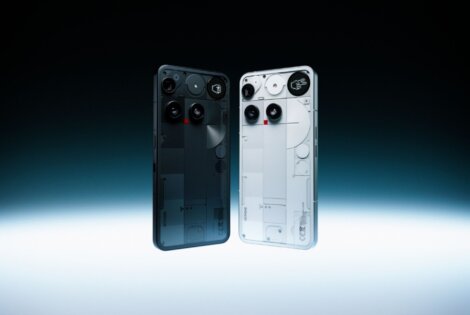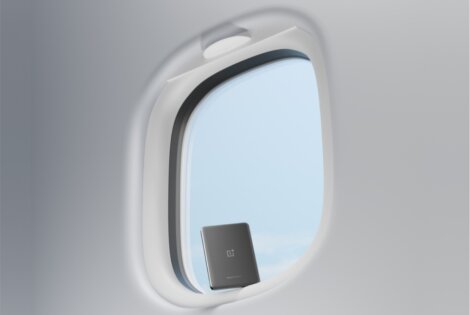Last month at the 2024 COMPUTEX in Taipei, Taiwan, ASUS officially launched the ROG Ally X as a mid-generation refresh. However, it was the unexpected announcements that reportedly stole the show. For example, ZOTAC unveiled its all-new handheld gaming PC — the ZONE. Likewise, another fascinating entry has the potential to shake up the scene. This is the XPG Nia.
Presented as a prototype, many believe it might eventually turn into a crowdfunding project given the positive buzz it has generated to date. As every other brand with a portable gaming PC platform focuses on powerful performance, ADATA promotes a modular configuration instead. The Taiwanese tech group apparently wants users more freedom to mess around with the device.
The way things are right now, popular systems like the Steam Deck, ROG Ally, Legion Go, and others can be upgraded. Unfortunately, owners can only swap out the internal SSD or choose to add a microSD card. Meanwhile, the XPG Nia features LPCAMM2 memory technology which means RAM could be easily replaced as needed.
According to those who were granted an in-depth look into ADATA’s plans, the internal components are accessible behind a removable cover beneath the kickstand. Furthermore, the company plans to share 3D files and pinout data to make it even easier to modify XPG Nia or 3D print custom accessories for it.
Specifications are not yet final, but it was hinted that AMD will supply the silicon. At first glance, the XPG Nia touts a similar form factor and button layout as its rivals, but the angle of its 7″ display is adjustable. By default, it sits flush with the chassis but can lift and lock in a variety of positions for viewing comfort. So far, we like what it brings to the table and hope to see it hit production soon.
Learn MoreImages courtesy of ADATA

